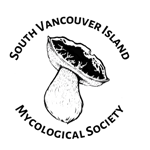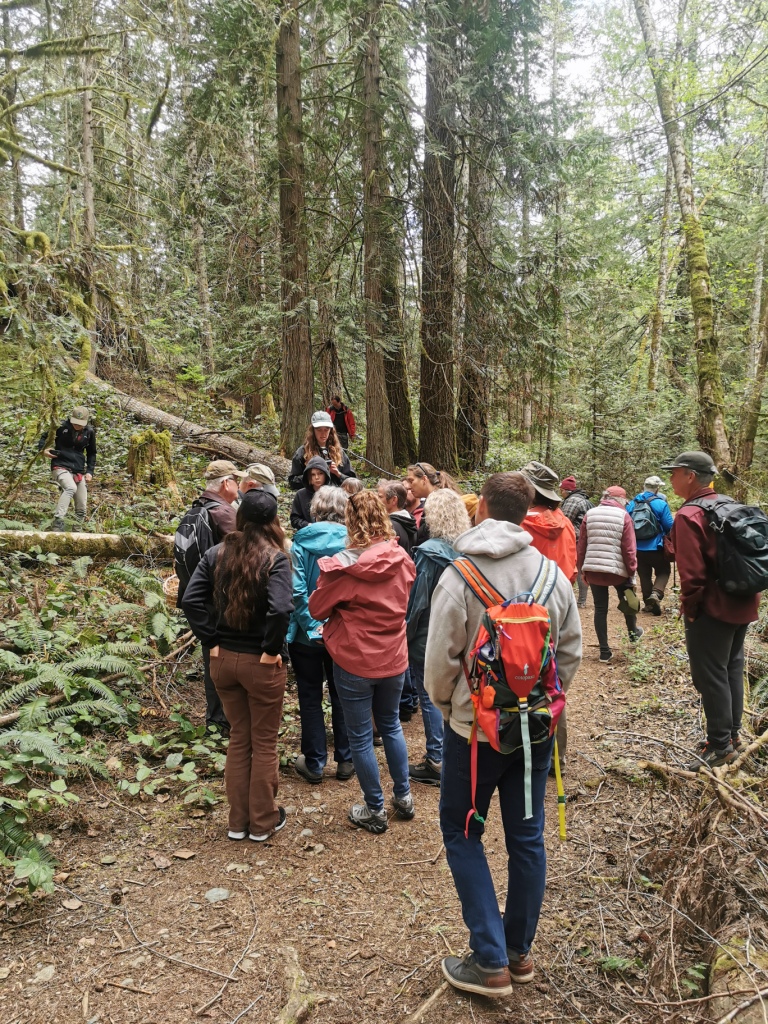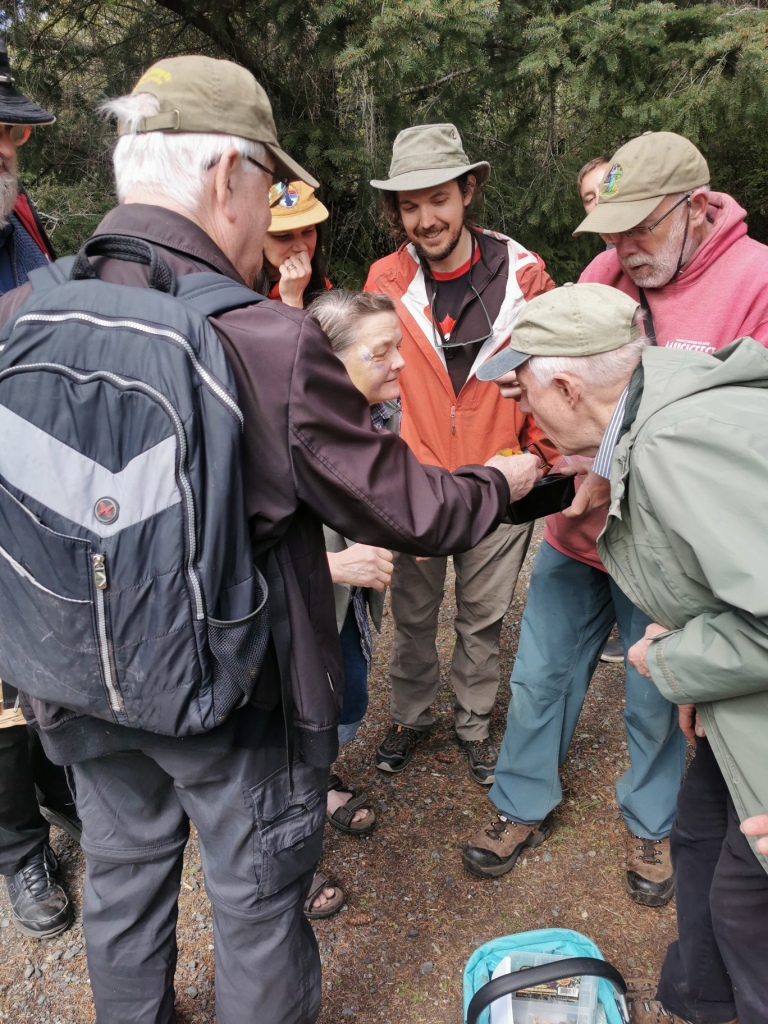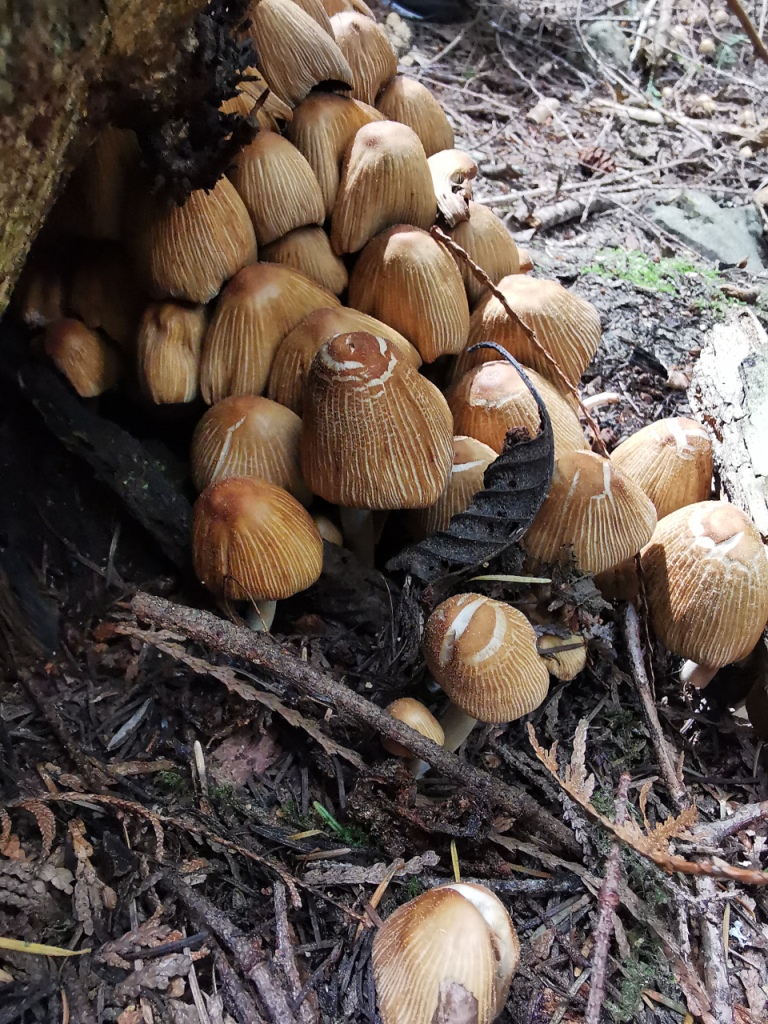On May 10th, 2025, members of the Mushroom Enthusiasts of Salt Spring Island (founded by Vail Paterson), together with experts from SVIMS, the South Vancouver Island Mycological Society (including their Mid
Island Chapter), and the VMS, the Vancouver Mycological Society, conducted a mycoblitz of the
Nature Conservancy Canada (NCC) Reginald Hill Conservation Area on Salt Spring Island.
NCC permission was obtained to survey along designated trails of this 161-hectare woodland, and also to conduct a limited collection of fungi as necessary for identification purpose.
Salt Spring’s Rosemarie Keough produced a detailed report of the event with many photos of the mushrooms found.





















